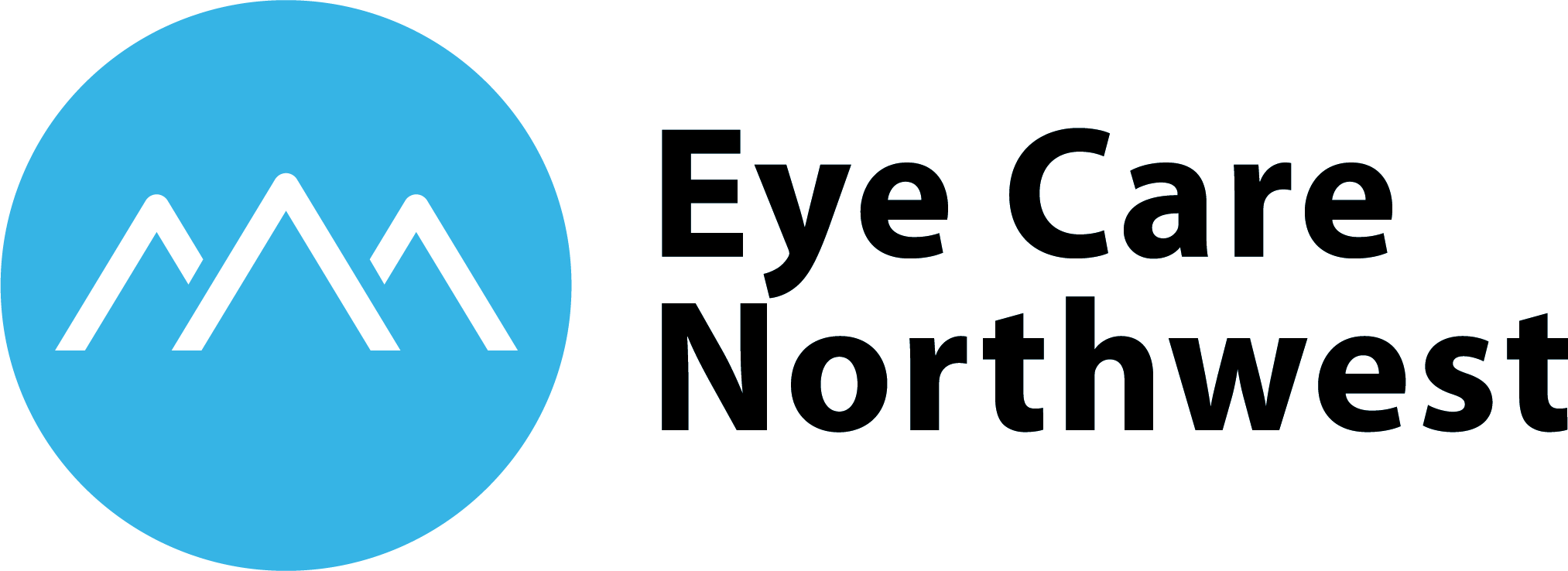Bladeless LASIK or PRK (Conventional or Custom)
LASIK fees are all-inclusive covering your initial consultation, LASIK measurements, your procedure and one year of post-operative care. One enhancement procedure (if needed) is included for the lifetime of the surgery.
Medicare will generally cover 80% of the cost of your cataract eye surgery, an outpatient procedure covered under Medicare Part B. You are responsible for any co-pay and the remaining 20 percent, after meeting your annual deductible. Often if you have a secondary carrier, these elements will be covered, too. If you choose a multifocal or toric lens implant, you will be responsible for the additional cost associated with these lenses as they are considered non-covered refractive treatments.
View Our List of Accepted Insurance Plans
For procedure fees not covered by health insurance we accept Cash, Check, and major credit cards. These fees are payable in full prior to your procedure. We also offer Interest Free Financing for up to one year.*
Payment options:
- Credit Cards (Visa, MasterCard, Discover & American Express)
- Cash, cashier’s check or personal check
- Financing through Alphaeon
What is a Health Savings Account?
A Health-Savings Account is a tax-advantaged medical savings account available to those enrolled in a high-deductible health plan. The funds contributed to an account are not subject to federal income tax at the time of deposit. Similarly, a Flexible Spending Account or Cafeteria Plan allows employees the option of setting aside a certain amount from each paycheck-before paying income tax on those funds. The money that is set aside in these accounts can be used to pay for a variety of expenses not covered by insurance, including LASIK and Lifestyle Lens Implants. When you use tax-free dollars to pay for these expenses, you realize an increase in spending power and substantial tax savings.
How to Use HSA or FSA Dollars to Pay for your Procedure?
There are many different medical savings plans, and depending on how yours is structured, you may need to allocate funds at a certain time each year. At the time of enrollment, you must indicate how much money you will be contributing each period.
Contact your Plan Administrator to verify when you must enroll for this benefit. Some plans require you to “opt-in” in November or December, while other plans cover from July to July, with the enrollment period scheduled for late spring. In most cases, funds can be used at any time during the next year; and for FSA accounts, the money may typically be used even if the money has not fully accumulated in your account.
